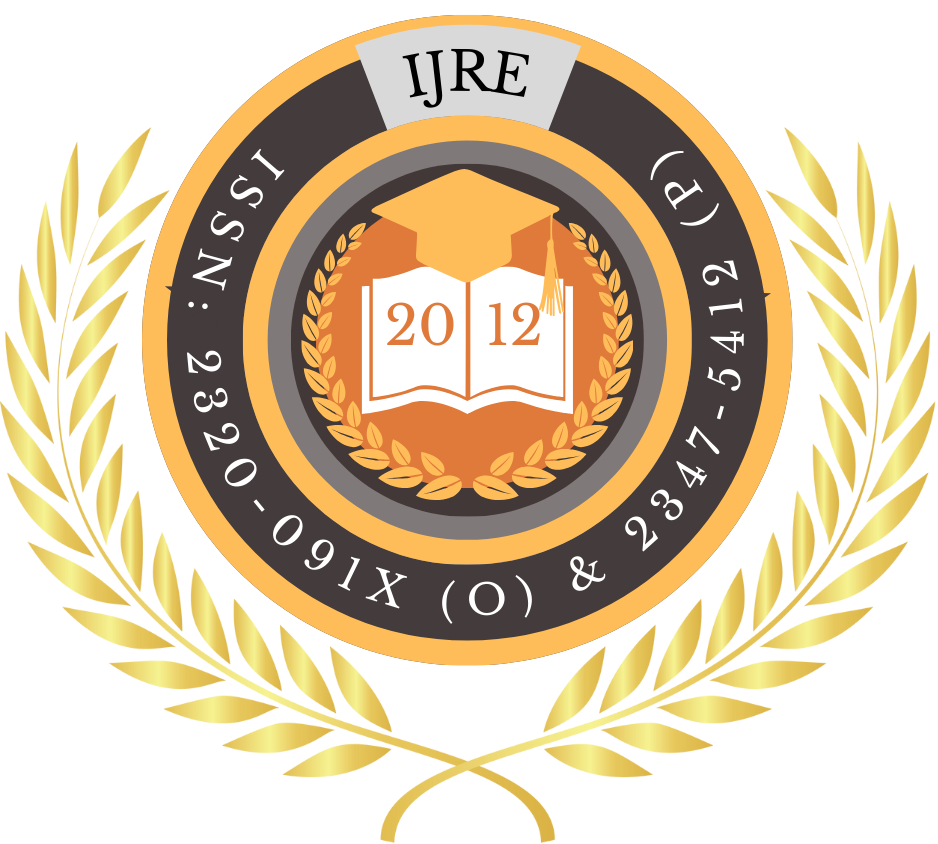![]()
Published Paper PDF: View PDF
DOI: https://doi.org/10.63345/ijre.v14.i8.3
Dr Kamal Kumar Gola
COER University
Roorkee, Uttarakhand, India
Abstract
Blended learning has evolved into a transformative pedagogical approach that synergizes traditional face‑to‑face instruction with digital learning environments. By combining the strengths of in‑person engagement—such as immediate feedback, social interaction, and structured guidance—with the flexibility, scalability, and resource richness of online modalities, blended learning offers unique affordances for fostering autonomous learning behaviors among college students. Learning autonomy—the capacity of learners to take responsibility for goal setting, strategic planning, self‑monitoring, and self‑reflection—is widely recognized as a critical 21st‑century competency that underpins lifelong learning and professional adaptability. Despite its promise, the specific mechanisms through which blended learning scaffolds autonomy remain underexplored, particularly at the undergraduate level across diverse disciplines.
This study investigates the relationship between key design elements of blended courses and the development of learning autonomy among undergraduates. Employing a descriptive correlational design, we administered a comprehensive survey to 235 students enrolled in blended courses at a large public university. The survey included the Blended Learning Perception Scale (BLPS), measuring clarity of instructional design, interactivity, feedback quality, and flexibility, alongside the Learning Autonomy Inventory (LAI), assessing goal setting, self‑monitoring, and reflective practice. We employed rigorous scale validation procedures, including confirmatory factor analysis and reliability testing, to ensure psychometric robustness.
Our findings reveal a strong positive correlation between overall perceptions of blended learning effectiveness and learners’ autonomous behaviors (r = .58, p < .001). Hierarchical regression analyses indicate that feedback quality (β = .28, p < .001) and flexibility of access (β = .24, p = .002) are the most salient predictors of autonomy, followed by interactive features such as discussion forums and multimedia activities (β = .19, p = .010). Discipline emerged as a significant moderator, with engineering students exhibiting slightly lower autonomy scores compared to peers in humanities and social sciences. These results underscore the importance of designing blended environments that not only provide choice and self‑paced pathways but also integrate frequent, constructive feedback loops and scaffolding tools that guide self‑regulated processes.
Implications for practice include recommendations for faculty development programs emphasizing metacognitive prompts, the integration of analytics dashboards for real‑time progress tracking, and the incorporation of reflective assignments that encourage strategic planning. Institutional policy implications involve investing in learning management systems that support adaptive release of materials and facilitate peer collaboration. Future research directions include longitudinal studies tracking autonomy development over multiple semesters and experimental interventions isolating the effects of specific blended components.
Keywords
Blended Learning, Learning Autonomy, Self‑Regulation, College Students, Online Education
References
- Bernard, R. M., Borokhovski, E., Schmid, R. F., Tamim, R., & Bethel, E. (2009). A meta-analysis of blended learning and technology use in higher education: From the general to the applied. Journal of Computing in Higher Education, 21(3), 93–125.
- Candy, P. C. (1991). Self-direction for lifelong learning. Jossey-Bass.
- Clark, R. C., & Mayer, R. E. (2011). E‑learning and the science of instruction: Proven guidelines for consumers and designers of multimedia learning (3rd ed.). Pfeiffer.
- Deci, E. L., & Ryan, R. M. (2000). The “what” and “why” of goal pursuits: Human needs and the self‑determination of behavior. Psychological Inquiry, 11(4), 227–268.
- Garrison, D. R., & Kanuka, H. (2004). Blended learning: Uncovering its transformative potential in higher education. The Internet and Higher Education, 7(2), 95–105.
- Graham, C. R. (2006). Blended learning systems: Definition, current trends, and future directions. In C. J. Bonk & C. R. Graham (Eds.), The handbook of blended learning: Global perspectives, local designs (pp. 3–21). Pfeiffer.
- Horn, M. B., & Staker, H. (2014). Blended: Using disruptive innovation to improve schools. Jossey-Bass.
- Hrastinski, S. (2008). Asynchronous and synchronous e‑learning. Educause Quarterly, 31(4), 51–55.
- Lee, J., & Martin, F. (2017). Qualitative inquiry: Exploring students’ perceptions of blended learning. Journal of Educational Technology Systems, 46(3), 366–381.
- Little, D. (1991). Learner autonomy 1: Definitions, issues and problems. Authentik.
- Martin, F., Wang, C., & Sadaf, A. (2020). Student perception of helpfulness and use of online courses: Engaging the self‑regulated learner to improve blended learning. Journal of Research on Technology in Education, 52(3), 312–327.
- Means, B., Toyama, Y., Murphy, R., & Baki, M. (2010). Evaluation of evidence‑based practices in online learning: A meta-analysis and review of online learning studies. U.S. Department of Education.
- O’Neill, G., Singh, G., & O’Donoghue, J. (2004). Implementing e‑learning programmes for higher education: A review of the literature. Journal of Information Technology Education, 3, 313–323.
- Pintrich, P. R. (2004). A conceptual framework for assessing motivation and self‑regulated learning in college students. Educational Psychology Review, 16(4), 385–407.
- Staker, H., & Horn, M. B. (2012). Classifying K‑12 blended learning. Innosight Institute.
- Sweller, J. (1988). Cognitive load during problem solving: Effects on learning. Cognitive Science, 12(2), 257–285.
- Zimmerman, B. J. (2002). Becoming a self‑regulated learner: An overview. Theory into Practice, 41(2), 64–70.
- Alammary, A. (2019). Blended learning in higher education contexts: A systematic review. International Journal of Educational Technology in Higher Education, 16(1), 1–21.
- Aguilera-Hermida, A. P. (2020). College students’ use and acceptance of emergency online learning due to COVID-19. International Journal of Educational Research Open, 1, 100011.
- Baran, E., Correia, A. P., & Thompson, A. (2013). Tracing successful design and development of online teacher professional development. Distance Education, 34(3), 324–342.
